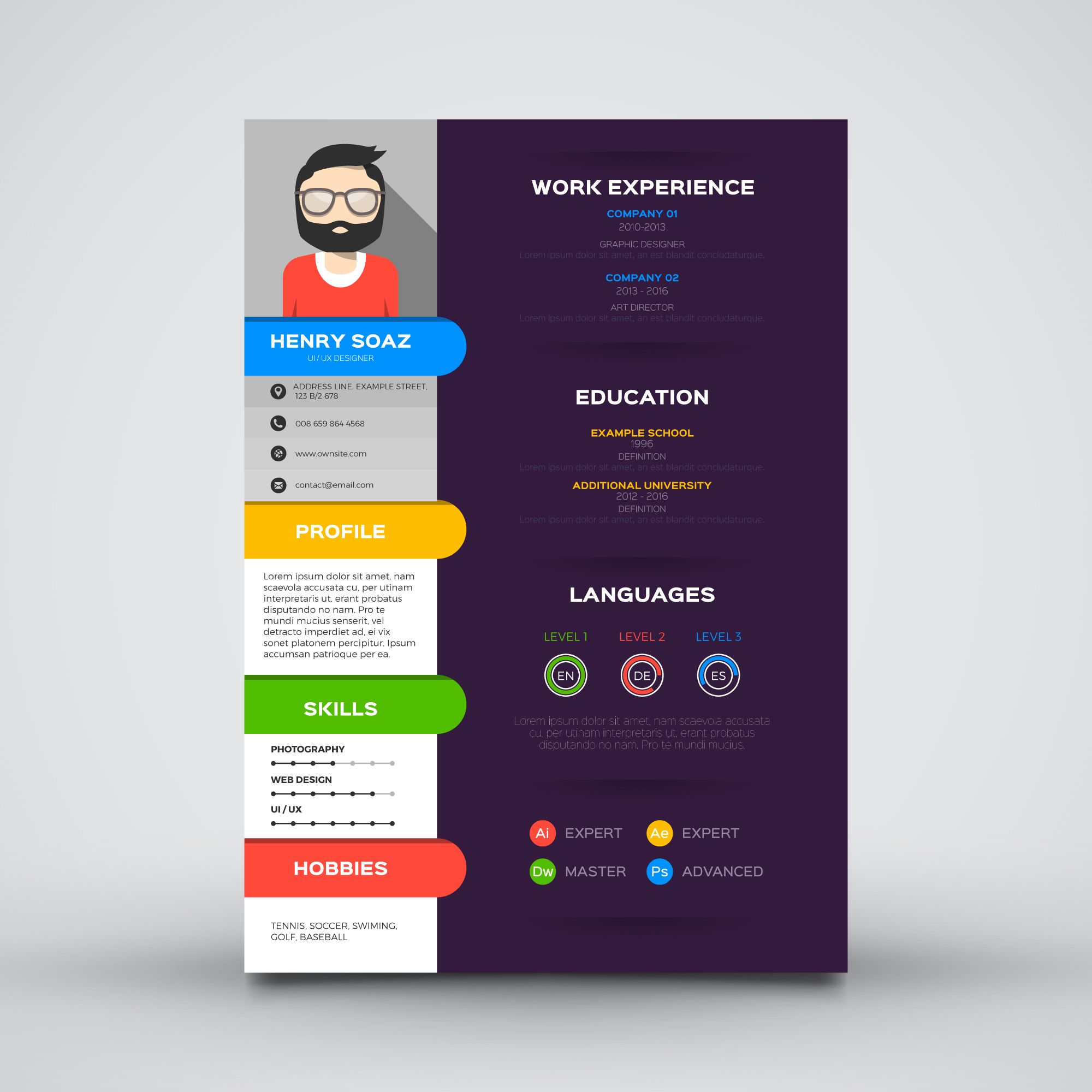How To Get Into Mu Sigma
- Piyush Tainguriya
- July 19, 2018
- 0 Comments
- 0 Likes
- 3363 Views

Today I met my friend Aditi Shah after a long time. She told me about a company she’d worked for, called Mu Sigma. As she told me about it I got fascinated. The pay for freshers, check this out, was 21 Lakh for 3 years + benefits and in-house learning opportunities like the Mu Sigma University. “What does this company do?” I asked. She told me it's a management consulting company with a difference. Their focus is on business insights through data analysis. The place is chock full of talented math whizzes who work with the biggest names in business.
I was immediately curious, so I asked Aditi how could an aspirant get into this company? Then she told me about a procedure that I had never heard of before. The tests sounded as much fun as the company itself.
Aditi studied engineering at the D. J. Sanghvi College of Engineering. She had no idea what Mu Sigma were going to ask. However, she had had a longstanding fascination with puzzles. And that's what pulled her through, even when she had no idea how to prepare.
Well first, the company holds it's recruitment drive at certain centers in every region. D. J. Sanghvi is the center for Bombay region. Students from other colleges also participate in the drive.
The first round was what is called the MuApt Test. It's a little different from the usual run of aptitude tests. It contains questions from quadratic equations, calculus, statistics, graphs, vocabulary and a psychometric test section. Quite a lot of candidates are unfortunately filtered out at this point. About as much as 70% by Aditi's account. This part of the test is run by Cocubes Inc. It's a computer-based online test
The next round for Aditi was a group discussion but has since been changed to an algorithm/business scenario round. The algorithm puzzle involves analyzing the given data according to a given algorithm and coming up with an output by recognizing the underlying pattern. The business scenario round consists of solving a given business problem with the help of given data.
The next stage for Aditi was a pseudo-code round where the candidates were required to generate a pseudo code (essentially, a problem-solving algorithm) for a given problem. Since 2015, however, this round has given way to a video analysis round. In this test, the candidates must watch a video in which a business/daily life problem of a statistical/mathematical nature is presented. They must then list down all the points presented in a comprehensive and lucid manner.
Most of the entrants have been screened out by this stage. Those who remained went on to appear for a personal interview, which can be equated with what is called “technical” interview in other companies. The interviewer asked Aditi two questions mainly. The first was “Imagine there are 4 bags 3 of which have 100 coins each and each coin weighs 10 gram. One bag has 100 coins but each coin weighs 11 grams. Find out which bag has the heavier coins in 1 step.” It took Aditi 2 tries to solve that question but she managed to do it. The next question was “how many cups of tea are drunk in Bombay from 5pm-6pm each evening”? This question wasn't to determine the exact number but to figure out how many variables she could determine based on known data and how quickly she could make sense of said data. Her other batchmates were also asked questions about statistics and mathematics.
Luckily, Aditi cleared this round and reached the final, HR round where the pressure eased off quite a bit. It was a friendly chat about her hobbies and her vision for the future.
Aditi told me that in 2014, it was quite OK to not know any programming language but nowadays even though it's not a requirement, knowing one is a definite plus. Languages like Python, R, SQL, and expertise with Excel would give you a leg up in the fierce competition.
Remember I mentioned Aditi was always fond of solving puzzles? That's exactly what she told me when I asked her how to prepare for My Sigma. It's all about analysis and problem-solving. So anything that requires pattern detection is good preparation. Get a good puzzle book and crack as many as you can. Also, keep your grasp on the fundamentals of maths and statistics strong.
The results were announced and Aditi had been selected.
What is it like to work at Mu Sigma? She says it's quite intense but if you're mathematically inclined it's a lot of fun. During the training period, you're required to show constant improvement at the pain of getting discontinued. Within 2-3 months of joining, you'd have to start working with clients.
You're always encouraged to learn new things online and offline. You're also subsidized if you want to learn something that could be useful to your clients. At the Mu Sigma University, senior Mu Sigmans help new joiners learn programming languages, analytics, project management and much more.
Apart from work, there are clubs that you can join. Aditi was the captain of the girls’ football team, member of the dance and drama club and enjoyed the activities of the Standup Comedy Club.
She worked at the Bangalore office for 3 years but had to move back to Mumbai for personal reasons. She's now a successful data scientist working for a payment app startup.
Piyush Tainguriya
An engineer by education, writer by profession and a stand-up comic by vocation. I'm only half joking though.
START LEARNING
START LEARNING
START LEARNING
START LEARNING
START LEARNING
START LEARNING
START LEARNING
START LEARNING
-
![]()
How YouTube Paid For My Pocket Money
January 25, 2018
-
![]()
How I Pursued My Passion For Film-Making
January 26, 2018
-
![]()
15 Tips For a Great Engineering Resume
February 02, 2018



 ALL COURSES
ALL COURSES  COMMUNITY
COMMUNITY  LIVE CHATS
LIVE CHATS  EXPERTS
EXPERTS  MY CERTIFICATES
MY CERTIFICATES  ABOUT
ABOUT  SUPPORT
SUPPORT
Comments (0)
*Some Comments would not be shown if marked as Spam